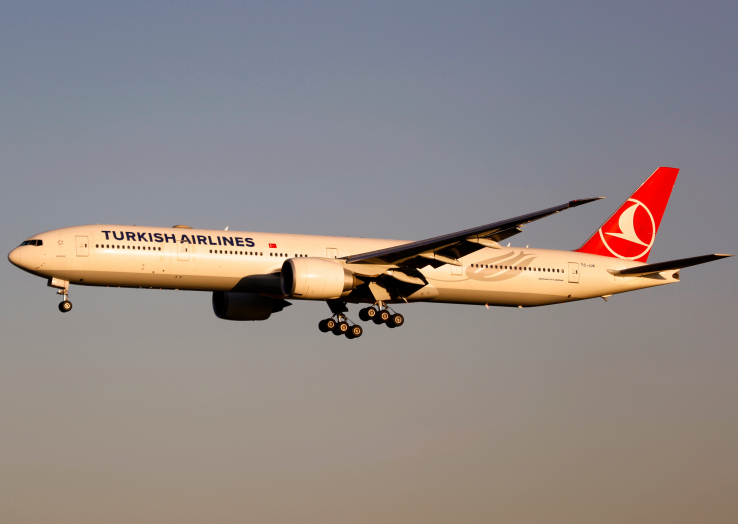

The U.S. government has lifted the controversial laptop ban for flights to the U.S. for three major airlines.
Effective immediately, Etihad Airways, Emirates Airline and Turkish Airlines have all been cleared to allow customers to bring electronic devices, including laptops, tablets and e-readers, on flights from the Middle East into the U.S.. That still leaves another six airlines, each of which remains subject to the ban.
The department of Homeland Security initiated the ban in March. It came into effect covering all flights to U.S. destinations from 10 airports in the Middle East, including major travel hubs like Dubai, Abu Dabi and Dohar.
The ban was unprecedented, particularly in today’s digital age, and it was purportedly introduced to increase national security.
While administration officials didn’t comment on any new and specific threats, speaking at the time, the government said it made the decision based on evaluated intelligence that seemed to indicate that some terrorist organizations were looking into using consumer electronics to hide explosives and smuggle them onto passenger planes.
According to these senior government officials, the February 2016 downing of Daallo flight 159 from Mogadishu to Djibouti was brought down by this kind of device, though it’s hard to explain today’s ban based on an incident that happened more than a year ago.
In reality, the ban was difficult to carry out. (Trust me, I took a flight from the Middle East to the U.S..) Unlike regular travel check-in processes at airports, it was not formalized, which means lots of time waiting in queues, more bag checks, and the individual boxing of every single electronic device traveling with a passenger on a flight.
There was talk of a similar ban coming into effect for flights from Europe to the U.S., but that never happened. Given the relaxing of the rules for this initial batch of airlines, such an extension seems unlikely. But given the realities of the U.S. government in 2017, anything is possible.
Featured Image: byeangel/Flickr UNDER A CC BY-SA 2.0 LICENSE (IMAGE HAS BEEN MODIFIED)

